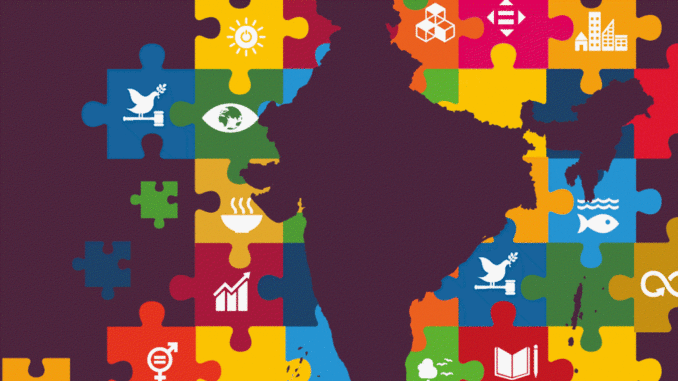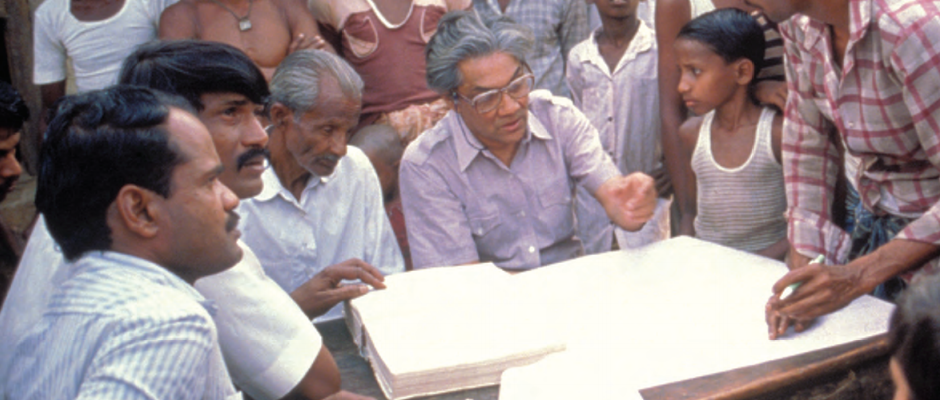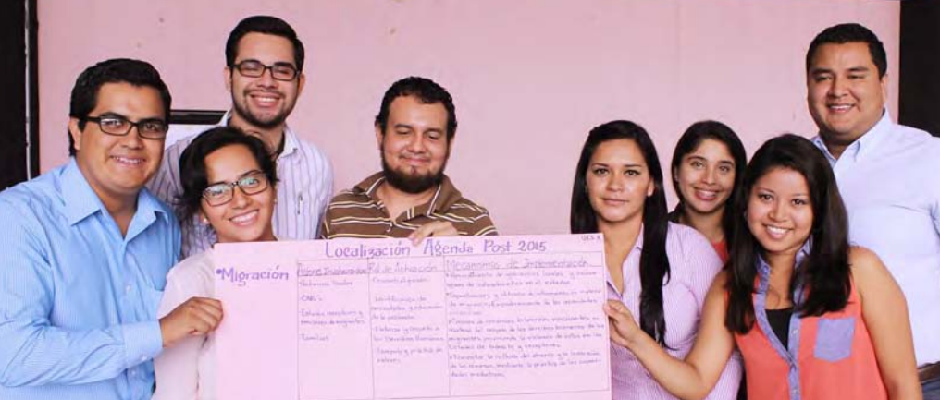
The Sustainable Development Goals (SDGs) constitute a framework which calls attention to the challenges to a sustainable future and organizes nations’ response around the world. India, home to one-sixth of all humanity, is cognizant of its role and responsibility in working towards a sustainable future of the planet and all its life. The country has taken proactive steps at the national and sub-national levels to adopt, implement, and monitor SDGs.
As the world’s most populous federal country, much of the responsibility of the implementation of the SDGs falls on the shoulders of state governments, many of which are in fact more populous than countries. For instance, the state of Uttar Pradesh alone has a population of nearly 200 million. As such, the localization of SDGs in India is an agenda of central importance. In line with the principle of cooperative federalism and larger devolution of funds to the States, the States are the primary stakeholders in ensuring the success of the 2030 Agenda for Sustainable Development in India. The National Institution for Transforming India (NITI Aayog) periodically conducts reviews on SDG adoption and reaches out to the States and Union Territories (UTs) for identifying effectual ways for SDG monitoring.
In 2019, NITI Aayog prepared a review of progress and early lessons on localizing the SDGs in India. Four years after the adoption of the SDGs, it is crucial to assess the progress of SDG localization. This compendium aims to help the States and UTs to learn from each other, realize gaps in adoption, implementation, and monitoring, and open avenues of collaboration among the States, NITI Aayog, UN agencies, and other knowledge partners.
The report summarizes state level initiatives on mainstreaming SDGs for each of the states and Union Territories, in addition to identifying eight early Lessons on localization of the SDGs:
- Whole-of-Government approach. Preparation of vision document aligned to the SDGs enabled sub-national governments to embed the ‘whole-of-government’ approach in planning. Extending this approach beyond planning to budgeting, implementation, and monitoring can result in substantial benefits in progress on the SDGs.
- Monitoring. Preparation of the National Indicator Framework is an important exercise to arrive at a system which not only tracks progress but also helps to identify data gaps. Efforts are also required to harness and unify development data to ensure that decisions made are based on comprehensive data and are thereby effective
- Budgeting. Mapping budgetary priorities in relation to the SDGs does not automatically lead to more coherent management or reorientation of resources as accounting and budgeting frameworks need to be aligned to integrate SDGs. An assessment of requirement and availability of financial resources as for implementing SDGs is required both at Central and State levels.
- Communication, Awareness generation and Advocacy. It is critical to engage in continuous advocacy to sustain momentum of localizing the SDGs. Initiatives for enhancing public awareness and sensitization about SDGs need to be stepped up so that the process of implementation becomes participatory and inclusive. Further, behavior change communication is also important to ensure that society adopts practices that promote sustainable development.
- Aligning Local Plans with SDGs. Empowering local self-governance institutions is the single most effective strategy for ensuring community ownership and integration of SDGs at grassroots level, as its members are directly elected by the people, and are mandated to undertake planning exercises in consultation with the community.
- Capacity Development. The training on SDGs should go beyond the 17 goals and targets and should be viewed from the perspective of fundamental skills and competencies that are required to deliver the goals by 2030.
- Reaching the Furthest Behind First. The agenda of Leave No One Behind requires a robust system for identifying the marginalized and ensuring that they are able to exercise their rights and benefit from their entitlements.
- Partnerships. Wide ranging partnerships are essential for achieving SDGs. The key objective is to build a win-win situation where public and private partners pool in their resources and competencies to achieve common objectives
Read the full report on NITI Aayog’s website.





